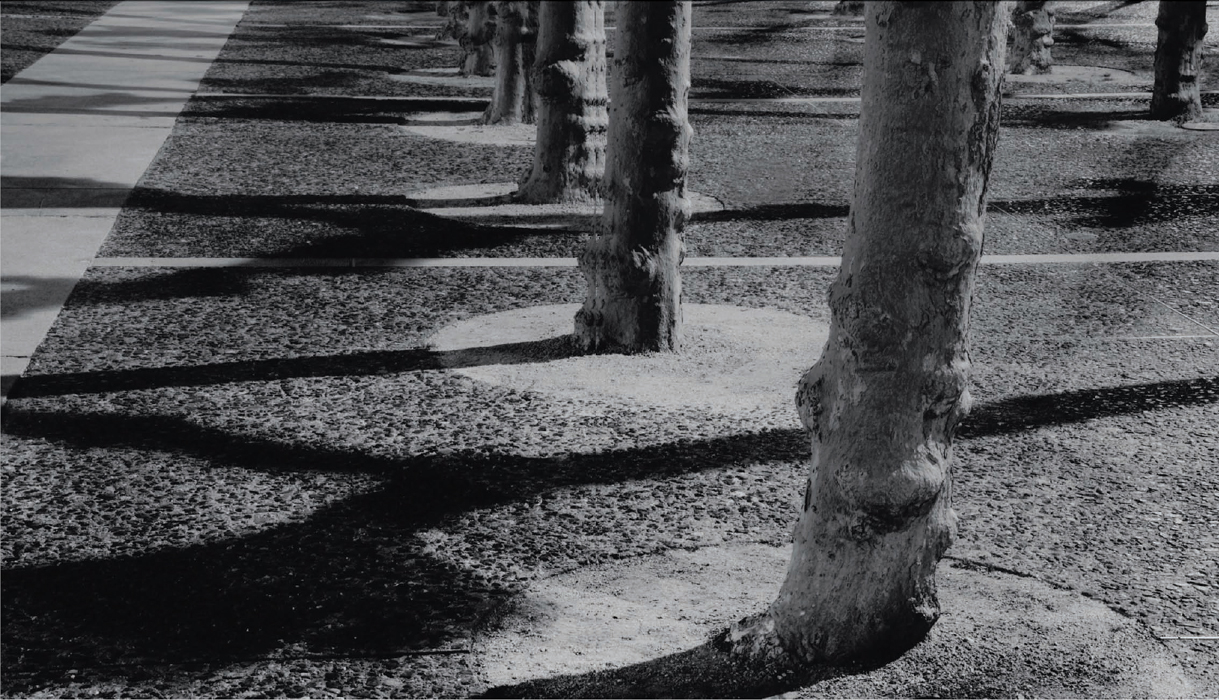Landscapes and Post-Processing

Understanding Digital Workflow
Most people who take up landscape photography do so—at least partly—because they enjoy being outdoors in the landscape. For some, it is therefore a sad day when the fact slowly dawns that to get the most out of their digital landscape work they need to spend a fair amount of time working at the computer using the digital darkroom—perhaps more time than they actually spend photographing in the field.
I'm all for getting the best results one possibly can in the camera. But almost without exception every photo that you've admired in books and magazines has been improved in post-processing. Digital photography is a hybrid discipline: the photography part involves cameras, and the digital part means using computers. What you can do after you've taken the photo should inform how you proceed when you make the capture.
While the combination of computers and cameras is very exciting to me, there's no doubt that—compared to film cameras—digital photography has introduced so many options and ways to create images that the whole process can be overwhelming. Having a good digital workflow can help manage the complexity.
- In the Merced Canyon below Yosemite Valley, California, snow blew thickly in all directions. My idea with this shot was to create a textural image in which the snow and trees merged to form a pattern. The biggest ...
Get Creative Landscapes: Digital Photography Tips & Techniques now with the O’Reilly learning platform.
O’Reilly members experience books, live events, courses curated by job role, and more from O’Reilly and nearly 200 top publishers.

